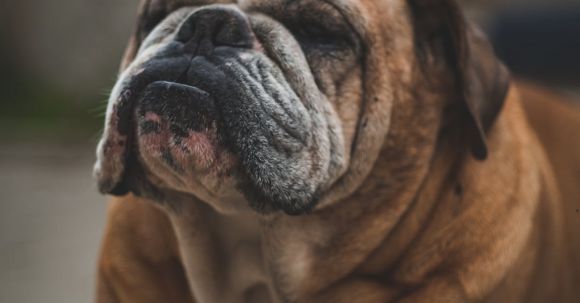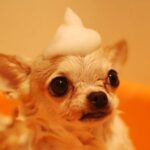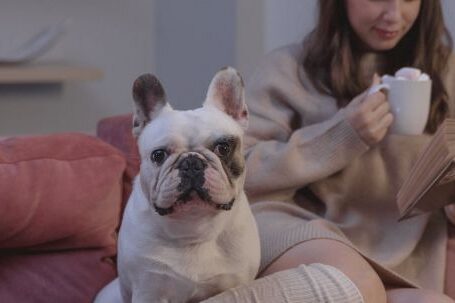The head shape of an English Bulldog is one of its most distinctive features. It is crucial to evaluate and understand the proper head shape when it comes to breeding, showing, or simply appreciating this beloved breed. In this article, we will explore the key aspects to consider when evaluating an English Bulldog’s head shape.
Understanding the Breed Standard
Before diving into the specifics of head shape evaluation, it is essential to familiarize oneself with the breed standard. The breed standard serves as a guideline for what an English Bulldog should ideally look like. It provides detailed descriptions of various physical attributes, including the head shape.
Key Aspects to Consider
When evaluating an English Bulldog’s head shape, several key aspects need to be taken into account. These include the skull, muzzle, and facial expression.
1. Skull
The skull of an English Bulldog should be large, broad, and well-rounded. It should have a distinct stop, which is the indentation between the eyes. The skull should also be evenly symmetrical, with no noticeable asymmetry or deformities.
2. Muzzle
The muzzle of an English Bulldog should be short, wide, and deep. It should be well laid back and have ample cushioning. The upper and lower jaws should be broad and square, with the lower jaw slightly undershot.
3. Facial Expression
The facial expression of an English Bulldog is an important aspect of its head shape evaluation. The expression should be alert, intelligent, and full of character. The eyes should be set low and wide apart, with a round and dark appearance. The ears should be set high, small, and thin.
Common Head Shape Faults
While evaluating an English Bulldog’s head shape, it is crucial to be aware of common faults that may deviate from the breed standard. Some of these faults include:
1. Pinched Skull
A pinched skull refers to a narrow or constricted skull. This fault can result in a lack of the desired roundness and width.
2. Excessive Wrinkles
While wrinkles are a characteristic feature of the English Bulldog, excessive wrinkles can be considered a fault. Excessive wrinkles can obscure the desired facial expression and create difficulty in maintaining good hygiene.
3. Protruding Eyes
Protruding eyes, commonly known as “bulging” eyes, can be a fault in an English Bulldog’s head shape. The eyes should be set low and wide apart, not bulging or too close together.
Conclusion: Striving for the Ideal Head Shape
Evaluating an English Bulldog’s head shape is a crucial aspect of maintaining breed standards and ensuring the overall health and well-being of the breed. By understanding the key aspects to consider and being aware of common head shape faults, breeders, judges, and enthusiasts can make informed decisions and appreciate the unique beauty of the English Bulldog. Remember, the ideal head shape is not only visually appealing but also indicative of the breed’s characteristic expression and temperament.





